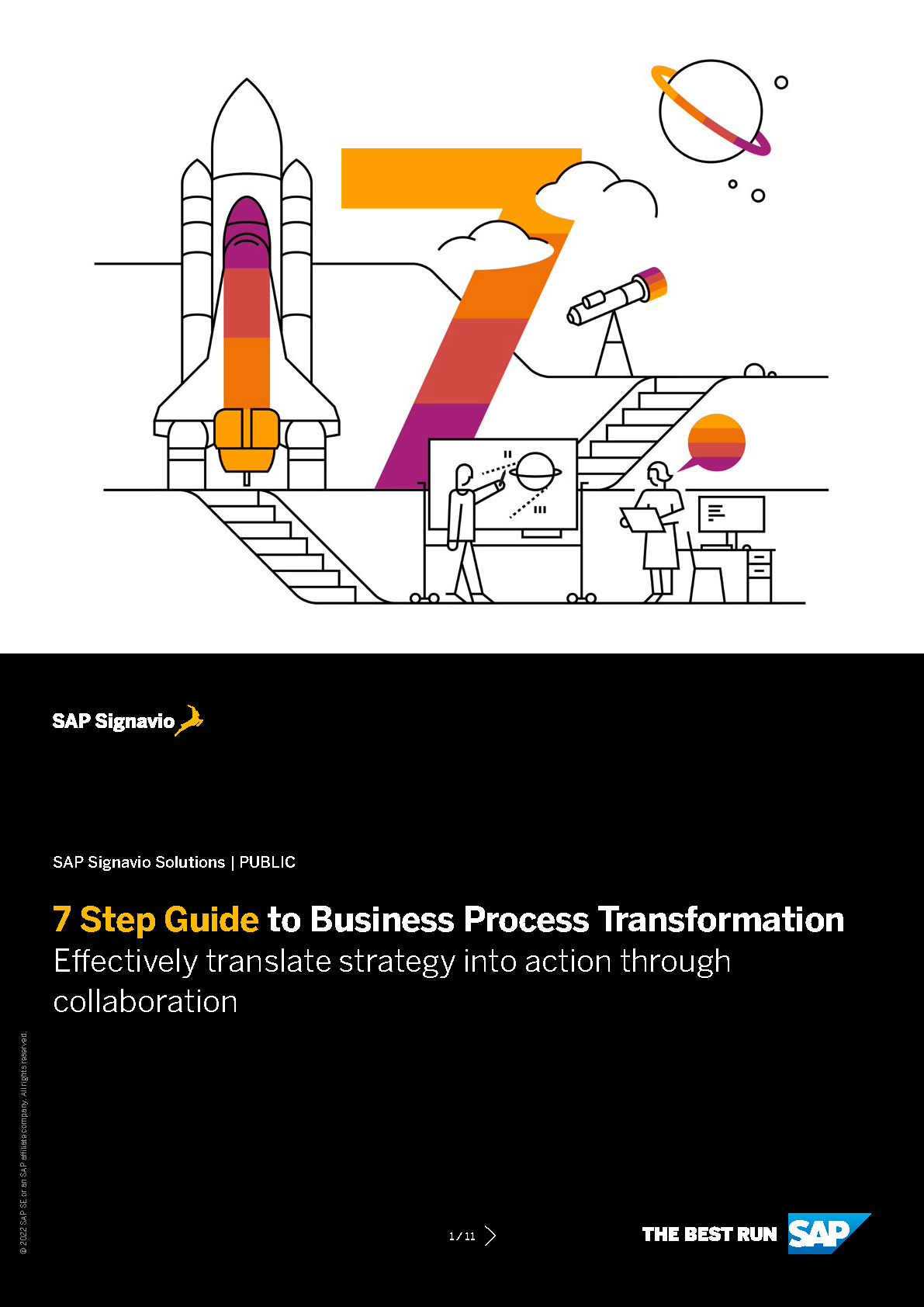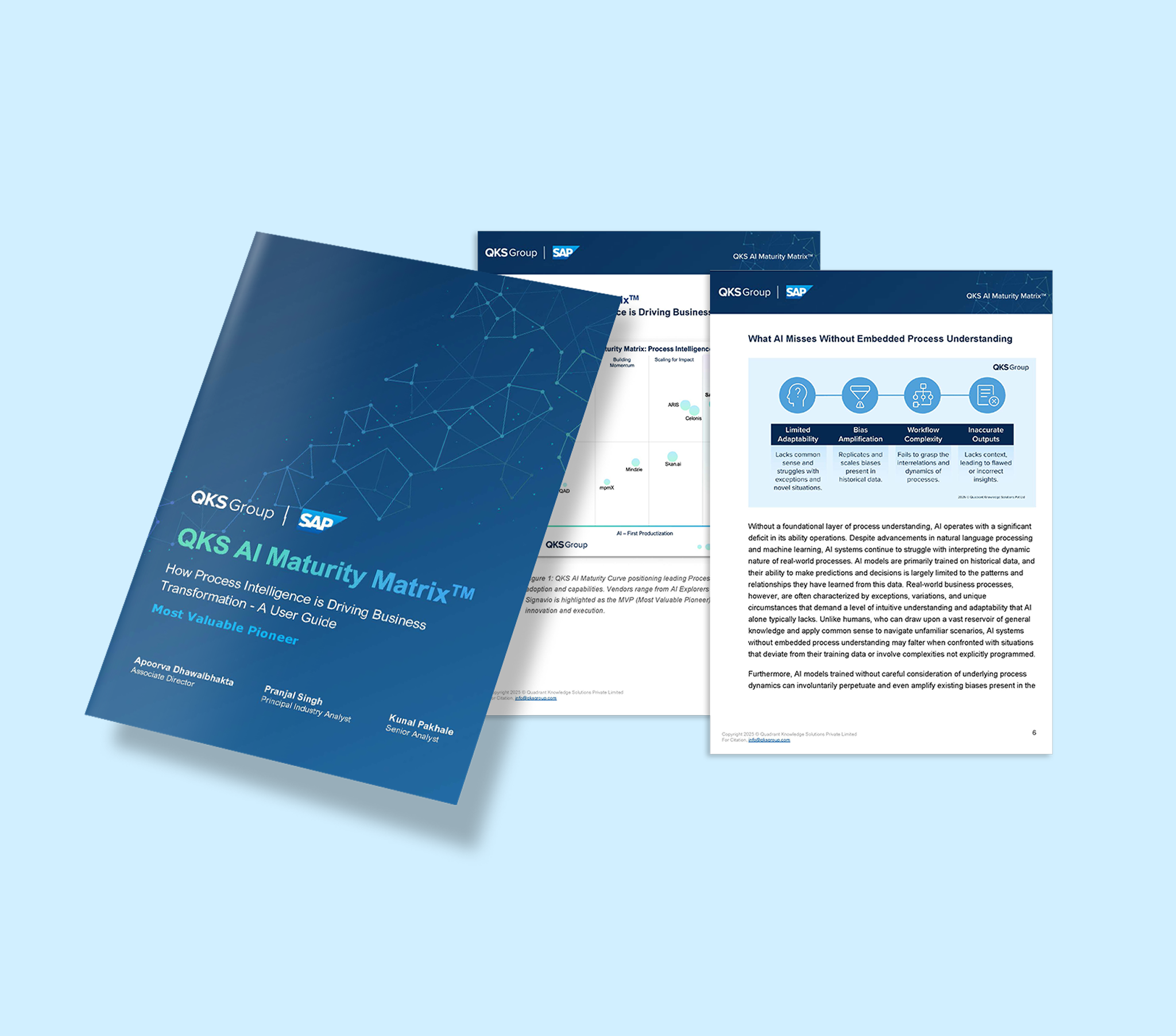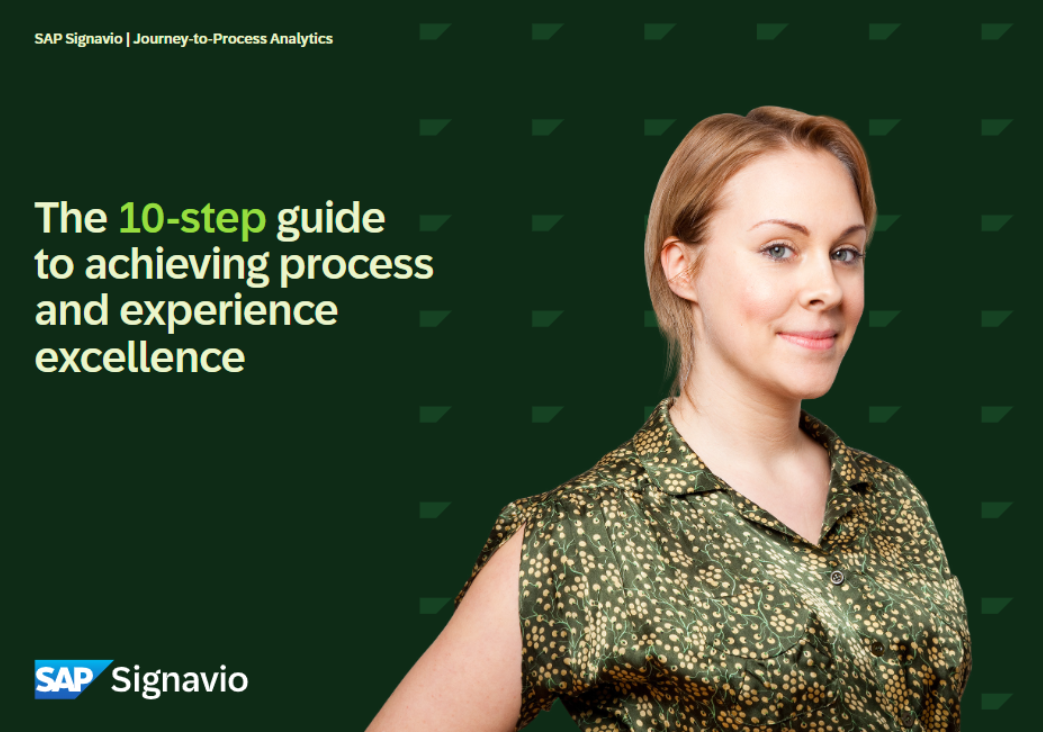Chief Operating Officer (COO)
COOs translate strategy into scalable operations. Learn what the Chief Operating Officer role involves—responsibilities, career path, tools, and what makes a great COO in today's business landscape.

COOs translate strategy into scalable operations. Learn what the Chief Operating Officer role involves—responsibilities, career path, tools, and what makes a great COO in today's business landscape.
The Chief Operating Officer (COO) is the executive responsible for overseeing the day-to-day operations of an organization and ensuring that business processes run effectively at scale.
In the context of business process management, the COO acts as the ultimate sponsor of operational excellence, guiding managers, owners, and analysts to align processes with enterprise strategy.
As one of the most senior business process roles, the COO balances strategic oversight with execution. While CEOs set the vision, COOs translate it into operational reality by driving efficiency, governance, and transformation across the entire organization.
The COO is a C-level executive responsible for ensuring that the organization’s operations support its strategic goals. This includes managing enterprise-wide processes, overseeing business units, and coordinating transformation initiatives.
The role is highly contextual: in some organizations, COOs focus on operational efficiency; in others, they lead innovation, customer experience, or digital transformation. What unites all COOs is their accountability for making sure that strategy is executed through processes, people, and systems.
The Chief Operating Officer (COO) is one of the highest-ranking executives in a company, reporting directly to the Chief Executive Officer (CEO). As the second-in-command, the COO ensures that strategy is executed effectively across operations, processes, and people.
The COO is part of the executive leadership team and often oversees multiple functional areas. Depending on company size, industry, and maturity, their direct reports may include:
In many organizations, the COO acts as the bridge between strategic planning and execution, making sure leadership goals are translated into day-to-day delivery.
The scope of the COO role varies widely:
Key takeaway: The COO role is highly context-dependent. Its strength lies in its adaptability, evolving with the organization’s size, industry, and transformation priorities.
Because the COO role is highly context-dependent, its responsibilities often take different shapes depending on company size, strategy, and maturity. Researchers and practitioners describe several common COO archetypes:
These archetypes often overlap, and a single COO may shift between them depending on business needs. The strength of the role lies in its flexibility to adapt as the organization evolves.
→ Related: Business process management vs. Analysis vs. Automation
The COO ensures that strategy is translated into effective operations. Unlike managers and owners who focus on individual processes or domains, the COO oversees the organization’s entire operating model, balancing efficiency, innovation, and long-term transformation.
As the second-in-command to the CEO, the COO’s responsibilities typically include:
A COO’s day-to-day activities depend on the size and maturity of the organization, but common tasks include:
COOs produce deliverables that make operational accountability and strategy execution transparent, such as:
Succeeding as a COO requires a blend of strategic insight, operational expertise, and executive leadership. Because the role spans multiple business functions, COOs must balance technical knowledge with people management and transformation skills.
Most COOs hold advanced degrees such as an MBA or master’s in business, operations, or a related field. Career progression often includes prior experience as a business process owner, transformation leader, or senior operations executive.
While not mandatory, the following credentials and experiences strengthen credibility:
Requirements vary widely depending on industry. In manufacturing or logistics, supply chain expertise may be essential; in tech-driven organizations, digital transformation experience is more highly valued.
Because the COO role spans strategy, operations, and transformation, personal traits are as important as technical expertise.
The most successful COOs share characteristics that help them lead at scale and adapt to shifting business demands.
Together, these traits allow COOs to bridge the gap between vision and execution, making them indispensable in both stable and fast-changing environments.
Chief Operating Officers rarely configure or directly operate business process tools. Instead, they rely on curated outputs and sponsor enterprise-wide frameworks that enable accountability and performance at scale.
Their focus is less on “how the tools work” and more on how the insights and structures drive enterprise results.
COOs authorize large-scale automation initiatives (RPA, AI-enabled workflows, ERP upgrades).
Key difference: For COOs, these tools are not about hands-on use but about sponsorship, governance, and decision-making based on outputs. Their value lies in ensuring the right tools and frameworks are in place and that leaders below them use them effectively.
The COO role is one of the most senior positions in the process and operations career family.
It typically follows extensive leadership experience in operations, transformation, or process governance and can serve as a direct stepping stone to the CEO position.
Future COOs usually start their careers in analytical or operational roles that provide exposure to business processes, performance measurement, and stakeholder coordination.
Professionals gain leadership responsibilities in roles that manage teams, budgets, and cross-functional initiatives. These experiences develop the ability to translate strategy into execution.
Before becoming COO, most professionals move into senior operational or process governance positions where they own large-scale accountability across departments or geographies.
At this stage, professionals step into the COO role, taking responsibility for the organization’s end-to-end operating model. From there, they can move into enterprise leadership positions such as:
COOs may also branch into roles outside the traditional CEO track, applying their skills in governance, scaling, and efficiency to other domains:
Key takeaway: The COO career path blends operations leadership, process accountability, and strategic transformation. While some use it as a stepping stone to CEO, others specialize in governance and operational excellence at the enterprise level.
COO compensation reflects the scale and complexity of the role. Salaries vary significantly depending on company size, industry, and geography, but they are consistently among the highest in the C-suite, second only to the CEO.
| Region | Mid-level COO (smaller orgs) | Senior COO (large enterprises) | Executive COO (public/global orgs) |
|---|---|---|---|
| United States | $180,000 – $250,000 | $250,000 – $400,000 | $450,000 – $700,000+ (often with equity/bonuses) |
| United Kingdom | £120,000 – £160,000 | £160,000 – £250,000 | £300,000 – £500,000+ |
| Germany (DACH) | €140,000 – €180,000 | €180,000 – €280,000 | €300,000 – €500,000+ |
| India | ₹40L – ₹60L | ₹60L – ₹1Cr | ₹1.2Cr – ₹2Cr+ |
Sources: Glassdoor, Payscale, ZipRecruiter, Indeed (2024–2025 data). Ranges reflect executive averages and may vary with equity packages, industry sector, and organizational maturity.
COO roles remain highly competitive and selective. While the position is less common than CEO or CFO, demand is projected to remain strong, especially as organizations seek operational leaders who can balance efficiency with transformation.

Because the COO is one of the most versatile C-suite positions, it is often confused with other executive and senior operational roles. Here’s how it differs:
The COO is the enterprise orchestrator, sitting at the intersection of strategy and execution. While other leaders manage finances, technology, or single processes, the COO ensures the entire organization runs effectively and adapts to change.
Despite being one of the most critical executive roles, the COO is often misunderstood. Here are some of the most common misconceptions about the position:
The COO role will continue to evolve as organizations balance efficiency with transformation. Increasing adoption of AI, automation, and advanced analytics will shift COOs from traditional operations leaders to strategic orchestrators of enterprise change.
At the same time, rising expectations around sustainability, compliance, and resilience mean that COOs will play a central role in ensuring organizations remain agile in uncertain environments.
While not every company has a COO today, demand for leaders who can connect strategy to execution is expected to grow, making the role one of the most flexible and influential positions in the modern C-suite.
Download the 7-step guide to ensure future process transformations are smooth and repeatable.

